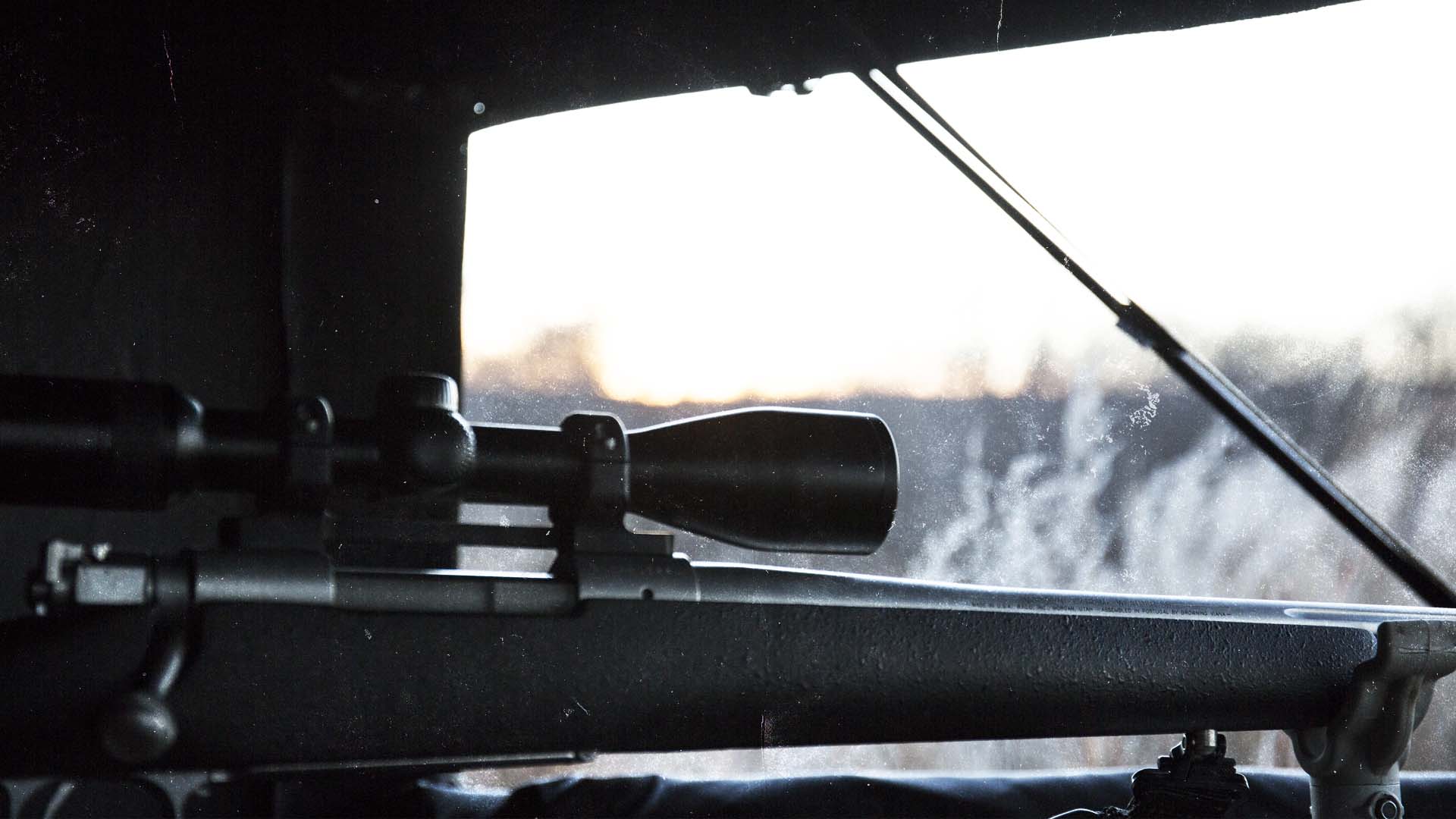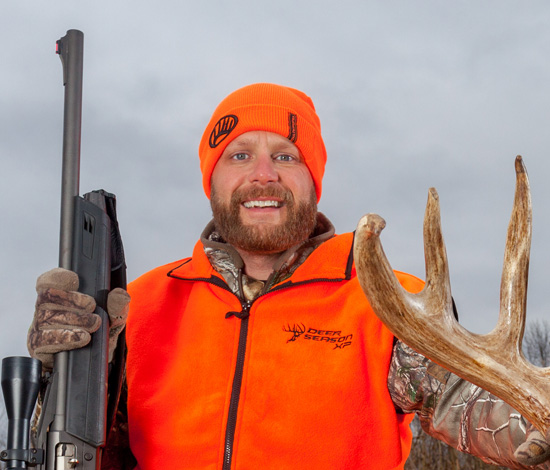Last Night in Texas: Whitetail Hunt Part Three
There are many elements that encompass the Winchester Life: Treasuring tradition. Respecting the outdoors. Seizing moments.
But Winchester Life isn’t centered on taking every shot when you see any opportunity walk your way. It’s knowing the difference between the right opportunity and the wrong timing. It’s effective discernment. Most of all, it’s patience.

Yes, the world of whitetail hunting can be a waiting game…but it’s a game that Paul Sawyer loves to play. He traveled to Texas to dial in at the end of firearm season, taking a peek at the impressive hit list lineup captured on a trail camera.
Though the lens is littered with lengthy antler counts, Sawyer had his heart set on a sturdy 9-point. At five and a half years old, the buck was a seasoned veteran moving through the golden Texas fields.
When you witness an impressive deer combing through the corn fields, it’s useful to decipher whether the buck is a season away from hitting his prime, or he’s reached a point where it’s time to manage him out of the herd. Age is a key factor in helping a hunter determine whether he should dial in, or keep his finger off the trigger.
If you capture bucks on the camera like Sawyer did in Texas, there are a few characteristics you can examine to determine the deer’s age before you cross paths on the hoof.
- Body Size: Older deer have a sagging belly and backline. Younger deer, while leaner, have legs that look too long for their body. Because they have yet to grow into their torso, these deer take on a gangly, awkward appearance.
- Nose: As a deer gets older, their nose becomes more bulbous and has a prominent bridge. Deer with this enlarged snout have what is commonly referred to as a “Roman nose.” Younger deer have a straighter, funnel-like nose shape.
- Chest Size: The older a deer gets, the wider and thicker their chest and neck grows. In older bucks, the chest and neck are closely aligned, creating a seamless line through the torso and towards the head. Younger bucks appear to have a larger head because their necks and torso have less girth.
- Antlers: While younger deer often have smaller racks, antler size alone does not necessarily reflect a deer’s age. A buck on your trail cam may have an impressive point count, but in examining his other body characteristics, you may find the deer is actually a younger 3-year-old versus a seasoned 5-year-old. By waiting another season for this deer to mature, you can create an opportunity to cross paths with a monster buck next season.
It’s thrilling to grab that trail cam and take a peek at what the lens has captured behind the scenes. But before you zero in on a prime buck that gets caught in the action, make sure to review plenty of photos of the patriarch. Multiple shots from different times and angles will give you the chance to determine the age as accurately as possible. When you finally meet the buck you’ve had your eye on for months, you will be armed with knowledge…and Winchester.




